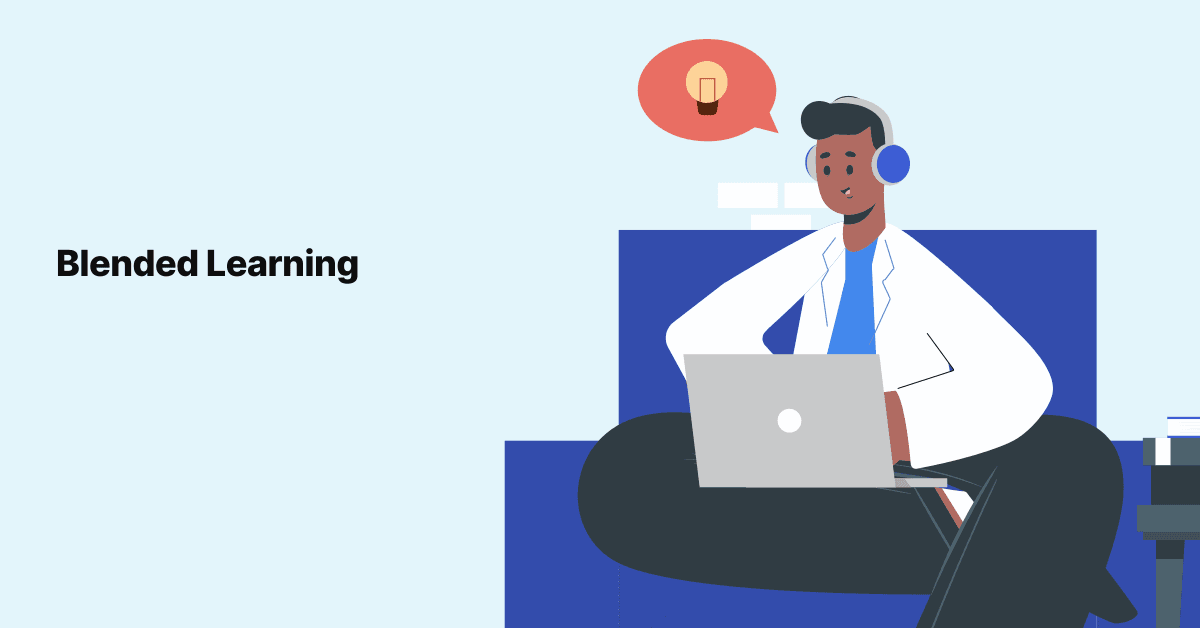
Can E-learning Actually Save Money During EHR Implementations?
Training is the most crucial aspect of implementing and adopting a new EHR, and it decides the success of an …

One of the most common sayings in learning and development is, “You never stop learning,” and we couldn’t agree more. Since the beginning of time, the learning culture has continued. Since the learning need has stayed consistent, our learning methods had to adapt to our changing lifestyle.
Conventionally, training methodologies had a rigid approach as standardized testing and learning functions have been central in the traditional model. These solutions were available only in person, and alternative learning solutions have been introduced and leveraged sustainably only recently.
Before the impact of Covid-19, blended and remote learning were just options. Not many in the industry took them seriously, as changes in strategy call for change in processes, and change is difficult for everyone. Now, people are looking at a blended learning approach seriously. If done correctly, it is the most versatile solution for learning and development. As alternative learning options get introduced, blended learning rises to the top of the efficiency and versatility model.
The common definition of blended learning and its application can be somewhat vague but keep in mind that it is a more generalized definition for public consumption. Blended learning combines online educational materials and opportunities for interaction in traditional instructor-led classrooms. It requires the physical presence of both – the teacher and the student, with some elements that the student controls over time, place, path, or pace.
Think of the blended learning approach to be a blend of many. As a recipe has multiple variations, resulting in different outcomes, so does blended learning. The trick is knowing your audience and casting a wide net to ensure maximum coverage. People learn differently, just as they have different tastes. As complex as this may sound, it’s actually very simple. These variations allow an agile approach in learning and development. Instead of following a standardized approach to rote learning (content memorization), blended learning applies various teaching modalities and can be adapted to varied learning styles, making it valuable.
If the organizational strategy has long-term sustainability as a top priority, learning and development should mirror that same strategy. Blended learning provides easier access to achieving that goal. With the agile approach, content can be developed and disseminated rapidly, with a high focus on contextual relativity, proper application, and follow-up.
Taking a blended approach to learning ensures that participants receive training relevant to their specific function, difficult enough to develop higher levels of knowledge yet simple enough to retain.
Join over 3,200 subscribers and keep up-to-date with the latest innovations & best practices in Healthcare IT.

Training is the most crucial aspect of implementing and adopting a new EHR, and it decides the success of an …

It’s hard to imagine looking for the bright side of Covid-19 as we continue to adjust our lifestyles to reduce …

Electronic Health Records (EHRs) have ushered in a new era of healthcare, transforming patient care, data …